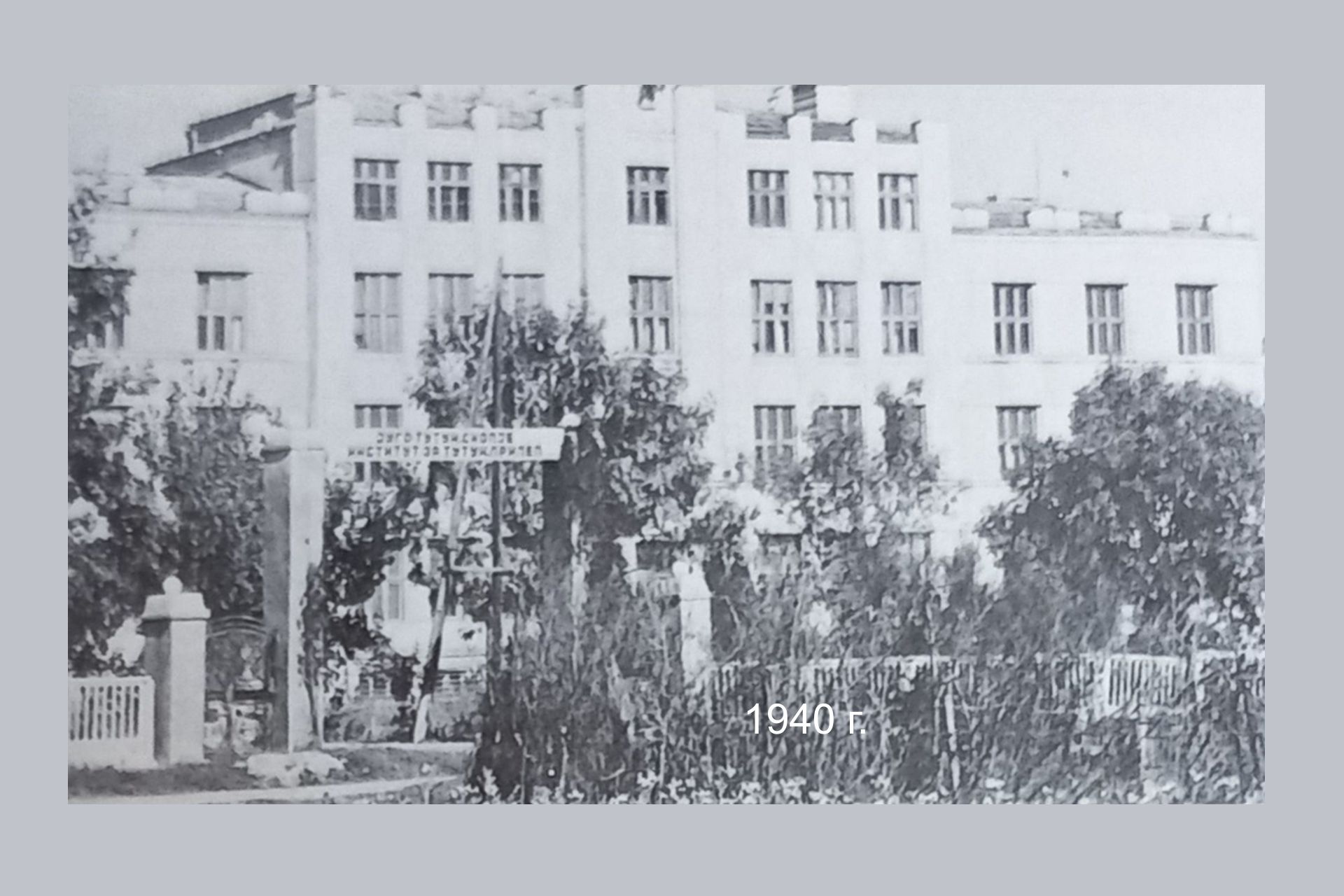Significant production and processing of tobacco for smoking arrived at the end of XIX century, when large portion of Macedonian population accepted the smoking habit from Turkish population. In this period started the production for market, and in 1875 is registered the first selling of tobacco on Prilep's fair, in which there where quantites for direct consumption as minced tobacco.
Much later, actually starting from 1916 in Prilep is registered organized tobacco processing for consumption.
With the occupation of Macedonia in WWI, there was free banderole regime, through which the state had a right for taxing of tobacco fabricants with banderole (tax).
In the period between 1916—1919 in Prilep there where few tobacco workshops, called 'factories'. These 'factories' purchased leaf tobacco from tobacco workers, and processed final products for smoking, mostly minced tobacco for pipe and for 'make-your-own' cigarettes, packed in small packages. They were owned by the situated families in Prilep: Alekso Lepavtsa and Co, Rampo Slavev Topalo, Milan Kjovkarot, Yordan Ache, Pushmarkovtzi, Ribarovtzi, Plashevtzi, Osman Medinche, Lazar Zojcheski, Milan Crvenko and others.
Most popular workshop i.e. 'factories' in this period where: "Markos Towers", "Balkan", "Tzepelin", "Golden Lion" and others, mainly located in the center of Prileps bazaar, around the Clock tower.
